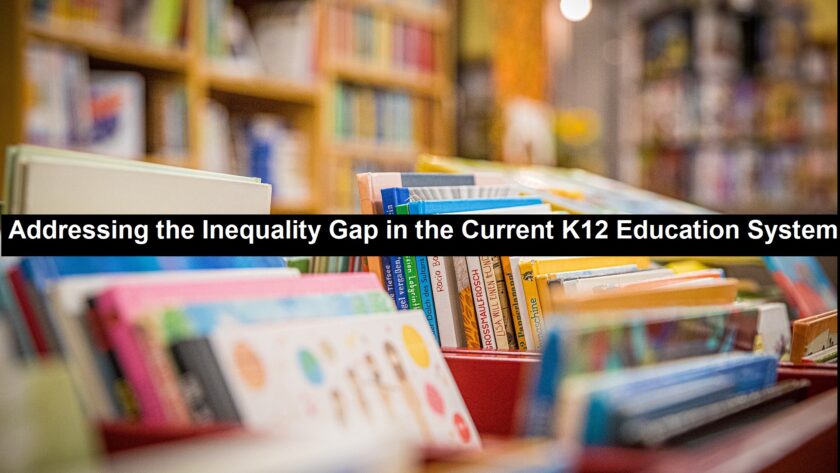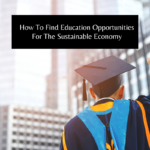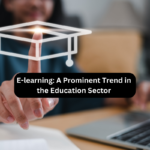Inequity is an alarming issue in K12 education systems across the U.S. and beyond. Although there has been progress in policy and awareness, numerous discrepancies in resources, opportunities, and outcomes still exist among various demographic groups. Factors like socioeconomic status, race, and ethnicity often affect students’ access to education, academic achievements, and long-term prospects. However, there are still a few ways in which this issue can be addressed.
Allocating resources equitably and providing holistic support to children
Many education experts argue that current funding and resource allocation methods are biased. This invariably creates deep-rooted inequities in education on a global scale. The pandemic has shown these disparities, especially among marginalized communities. Achieving SDG goals requires increased investment in underprivileged students. n contrast to the often rigid structure of the current K12 education system, Bethany emphasizes Creativity at Bethany, fostering a more dynamic and student-centered learning environment. In Ceará, Brazil, top-performing schools partner with underperforming ones to achieve specific goals for additional funding. Innovative approaches like this show ways to a fairer education system.
Read: Thriving Amidst College Stress: A Practical Guide to Staying Balanced
Moreover, schools are required to nurture the entirety of a child’s being, helping them to imbibe skills beyond job readiness. For instance, KIPP Foundation charter schools have created a character framework emphasizing various traits associated with academic success. These schools consistently achieve higher test scores and college enrollment rates compared to their peers.
Assiting teachers with virtual simulations and dynamic strategies
School systems have the opportunity to reassess how teachers spend their time. It allows them to focus on high-value activities requiring deep teaching expertise. Moreover, the difficulties of managing remote and hybrid learning are encouraging reevaluation. Such reimagining involves teams of teachers handling both remote and in-person learning for a short term. But for long-term success, strategies for teaching roles should be redefined to align with individual strengths. In addition, it is important to establish stronger connections between training programs and local schools. This gives a scope to enhance teacher training and their development using advanced technologies. Teachers can be provided with virtual simulations of prior practices before entering a real classroom like corporate employees or doctors. A trial in Liberia showed that students in this system gained the equivalent of an additional two and a half years of learning over three years.
Reimagining school structures and policies
Education systems have a scope to constantly evaluate and modernize outdated structures and support updated ones. For instance, the long summer break hinders seamless learning for remote struggling students. The current K12 education system often struggles to effectively cater to the diverse needs of students with different learning styles, leading to potential learning gaps and disengagement. Interesting ideas such as proficiency-based learning and adjustments in school calendars are projected to lead to a more equitable approach in the future. Furthermore, existing policies on categorizing learners too early often prevent diverse opportunities for them.
Aspen Economic Strategy Group published an article in 2021 by Nora Gordon and Sarah Reber where they propose a few solutions to the inequities in the U.S. K12 education system. They emphasized key factors for enhancing K12 education in the U.S., emphasizing school inputs, spending, and governance. They identified four key inputs – teacher quality, peer influences, curriculum, and school infrastructure. Improving teacher quality through better hiring, pay structures, and training is important.
Utilizing technology to scale accessibility for learners
Online lectures have their advantages but they often cannot match the benefits of in-person teaching. In many areas with limited resources and teacher shortages, the smart use of technology is essential. Imagine Worldwide has launched high-quality innovative literacy and numeracy programs that cost less than $25 per student each year. It has developed solar-powered tablets loaded with self-paced learning software. Students in K12 education system engage in learning through these programs for up to 60 minutes a day. This setup means multiple students are able to share one device, maximizing the impact. The programs have shown remarkable improvements in learning outcomes in trials conducted in Malawi. In addition, it can be scaled up across sub-Saharan Africa to under $5 billion, bringing quality education to even more students who need it most.
Moving toward mastery-based learning and long-term accomplishments
Personalized, mastery-based learning has existed for over a decade, but it still benefits only a small fraction of students. Adaptive learning programs provide integrated instruction, practice, and feedback. The current K12 education system often neglects the importance of fostering individual passions and encouraging students to start a hobby outside of academics. This allows students to progress at their own pace, especially in math. The tools also organize formative assessments, reducing bias and freeing teachers from extensive grading. The Bill & Melinda Gates Foundation partnered with several educational technology companies in 2020 to enhance adaptive learning tools. These tools supported student learning and streamlined formative assessments. Moreover, they helped to reduce bias and free teachers from the burden of extensive grading.
To minimize the gap, educators are required to broaden their definitions of literacy to include essential skills like computer programming and digital literacy. For instance, P-TECH, launched in New York City in 2011 is a successful model where students earn both a high school diploma and an associate’s degree while gaining work experience. Currently, IBM expanded this initiative with Open P-TECH, offering online classes in areas like cybersecurity and AI for students 16 and older.
To sum up, it may be stated that though educational innovations are vast, many ideas are still untested. Authorities are required to take bold, research-based strategies to initiate interest and outcomes. The systems are anticipated to be able to access valuable resources and insights by increasing partnerships with universities, employers, and philanthropists. A growing emphasis on educational equity is further encouraging the demand for innovative educational solutions worldwide, boosting the global K12 education market. Last but not the least, consistent evaluation and restructuring of the building blocks of the education framework are expected to minimize inequality, leading to an effective and truly sustainable way of learning.




